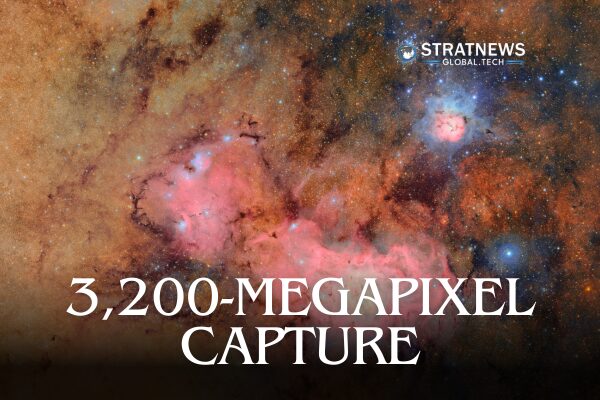Chile’s Vera Rubin Observatory Unveils First Cosmic Images
Chile’s Vera C. Rubin Observatory, home to the world’s largest digital camera, has shared its first images of the cosmos. This milestone allows astronomers to explore how the solar system formed and assess whether asteroids may threaten Earth in the future.
The observatory sits on Pachon Hill in Chile’s Coquimbo region, using its 8.4-metre telescope and 3,200-megapixel camera to collect vast amounts of data. The camera connects to a powerful data system, designed to process and analyse images rapidly.
Tracking Thousands of New Asteroids
Within just 10 hours of observation, the observatory detected over 2,100 previously unseen asteroids in a small section of the sky. In comparison, both ground-based and space-based observatories discover around 20,000 asteroids each year.
William O’Mullane, a project manager at the observatory, stated that the new system would transform how astronomers handle data. Rather than gathering a few observations for academic papers, scientists will now have access to millions or even billions of galaxy and star measurements for analysis.
The observatory is named after American astronomer Vera C. Rubin, who provided evidence of the existence of dark matter. This facility will continue her legacy by delivering an unprecedented volume of cosmic data to scientists worldwide.
Nightly Data Collection Under Chile’s Clear Skies
Every night, the Vera Rubin Observatory will capture around 1,000 images of the southern hemisphere sky. This process will allow it to photograph the entire southern sky every three to four nights. Chile’s Atacama Desert offers some of the darkest and clearest skies globally, making it an ideal location for astronomical observation.
Astrophysicist Francisco Foster noted that the observatory would generate data volumes too large for manual review. The alerts the telescope sends each night will equal the inboxes of around 83,000 people, requiring the use of artificial intelligence tools to process the information efficiently.
As the observatory continues its work, it will enable astronomers to make rapid and unexpected discoveries, shaping the future of space research for years to come.
with inputs from Reuters


